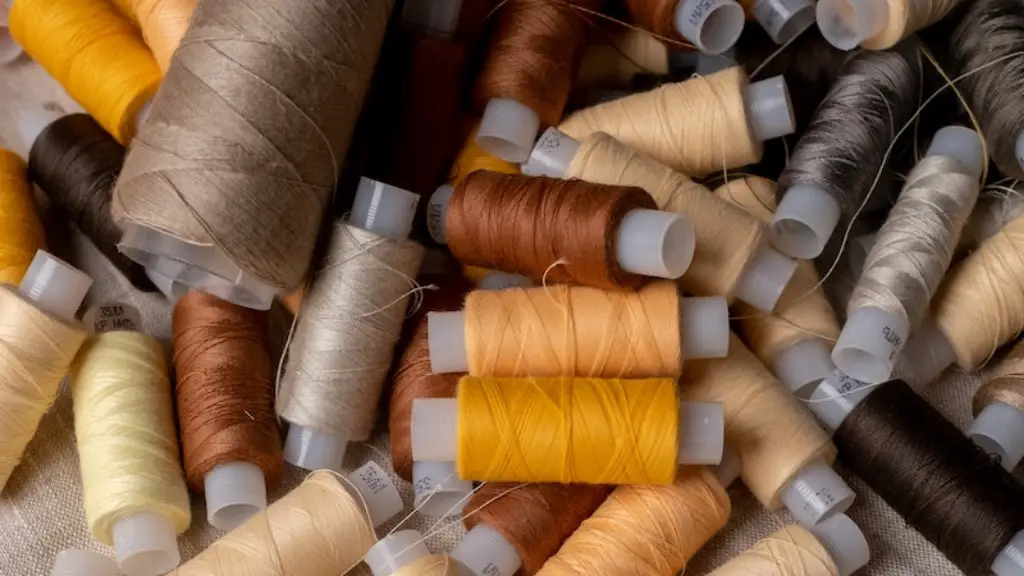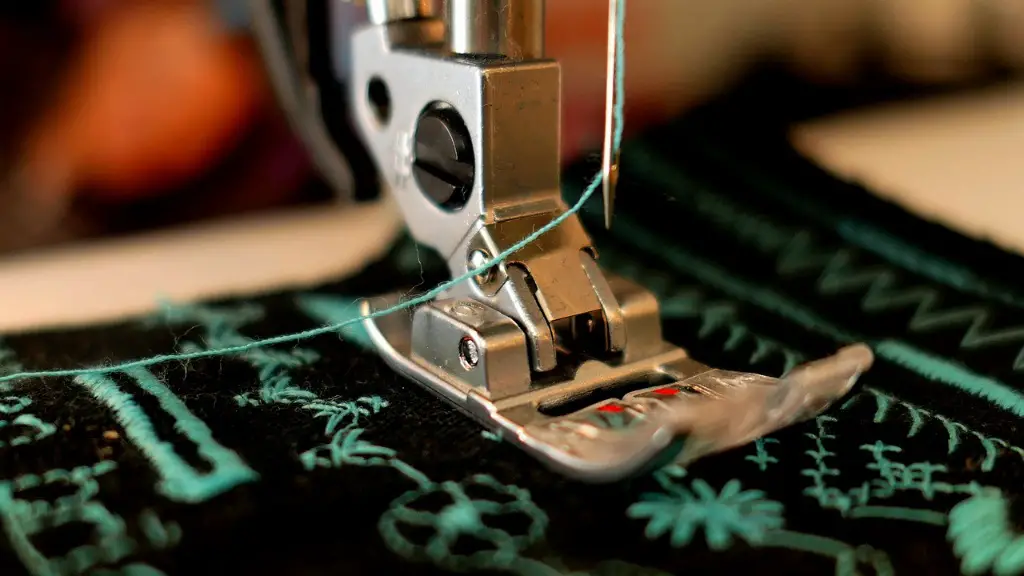Stitching, whether by hand or with a sewing machine, can be a daunting task. It requires concentration and patience, but once you have got the hang of it, there’s nothing more satisfying than seeing your beautiful, finished stitch. If you are having trouble with keeping your stitches tight and even when using a sewing machine, then these tips will help you get the job done faster, and with greater accuracy.
Familiarizing Yourself With The Machine
The first step to making even, tight stitches is to ensure that you are familiar with the sewing machine you are using. Depending on the model, sewing machines can vary in the way they operate and the types of stitches they provide. Reading the manual for your machine and getting to know its different functions is a good starting point. It is not only important to get to know the different stitches the machine can do, but also the different thread and stitch tensions. Different types of fabrics require different kinds of tension so it is important to be familiar with how to adjust the tension for optimum results.
Replacing Needles
Using a worn-out needle can cause tension problems. It is
recommended to change your needle after every 8-10 hours of use or every project, whichever comes first. If the needle has become bent or is not suitable for the job, it is also time to change it. Most machines come with a piercing needle rather than a sewing needle, so it’s important to check and change your needles if they’re not suitable.
Transferring Patterns
If you are following a pattern, it is essential to transfer it to the fabric correctly. The accuracy of the stitching depends on the accuracy of the pattern when it is being transferred to the fabric. Check that the pattern is the same on both sides and that the edges of the pattern match up. If you are using a printed pattern, make sure that it is the same size and orientation as the fabric so that the stitches are even.
Threading The Sewing Machine
Make sure that you thread the machine correctly. This is essential for creating tight, even stitches. Pay particular attention to the top thread – if it is not threaded properly, it will create uneven tension and could cause the stitches to be loose or too tight.
Tweaking The Tension
Most machines come with adjustable tensions which can be adjusted to suit the fabric being sewn. Usually, a slightly lower tension is used if the fabric is slippery, like satin. For denser fabrics, such as denim, a slightly higher tension is used. If this is not done correctly, the stitches can become loose or too tight. It is therefore important to adjust the tension until the stitches are even and tight.
Slowing Down And Using A Walking Foot
It is always best to take your time when sewing. Going too fast often results in loose or uneven stitches. Using a walking foot, which is a special foot attachment for the sewing machine, can also help produce even, tight stitches. This attachment helps evenly distribute the fabric as it is being sewn, resulting in uniform stitches.
Checking The Stitches
Once you have finished stitching, it is important to check the stitches. If they are not even and tight, you can go back and adjust the tension and try again. Once you are satisfied with the stitch, you can trim away any excess thread with a pair of scissors and the job is done!
Cleaning and Maintaining the Sewing Machine
Regular cleaning and maintenance of your sewing machine is essential for keeping your stitches even and tight. Make sure to clean the bobbin case and replace the bobbin if it is damaged. This will help ensure that the machine runs smoothly and that the stitches are even and tight. Also, make sure to oil the machine regularly to prevent wear and tear.
Learning Basic Sewing Skills
Learning the basics of stitching and different techniques can help you create even and tight stitches. Familiarizing yourself with the different stitches and their uses is important, as different fabrics require different stitches and tensions. Learning basic sewing skills such as backstitching, topstitching, and edgestitching can help you create even and tight stitches in a variety of fabrics and textures.
Choosing The Right Thread and Needle
The type of thread and needle you use can also have an effect on the quality of the stitching. Choosing a high-quality thread and a needle that is suitable for the fabric is important for creating even and tight stitches. Avoid using cheap, low-quality thread, as it can be prone to breaking and can cause uneven or loose stitches.
Practice Makes Perfect
Making even and tight stitches can take some practice, so don’t be discouraged if your stitches are not perfect the first few times. With practice, and following the tips outlined above, you will be able to create even, tight stitches with ease.



